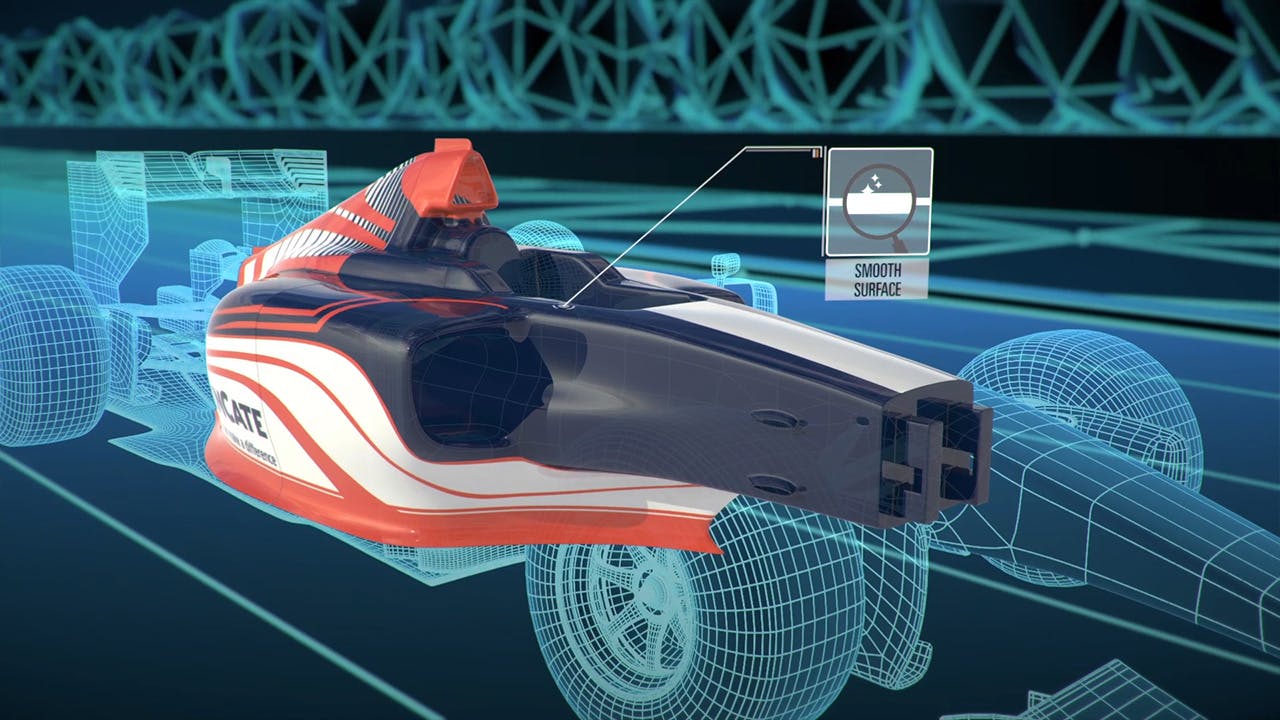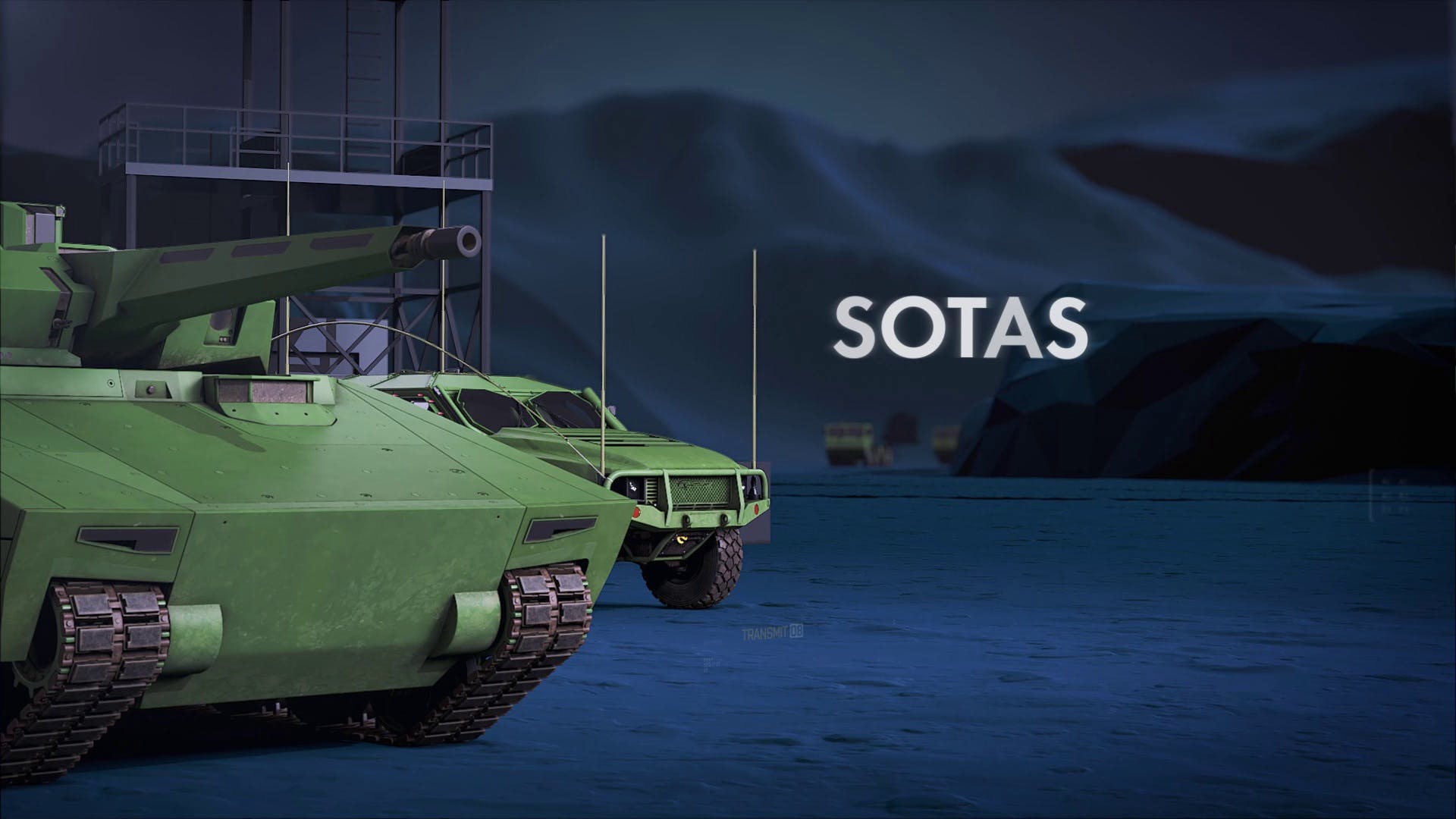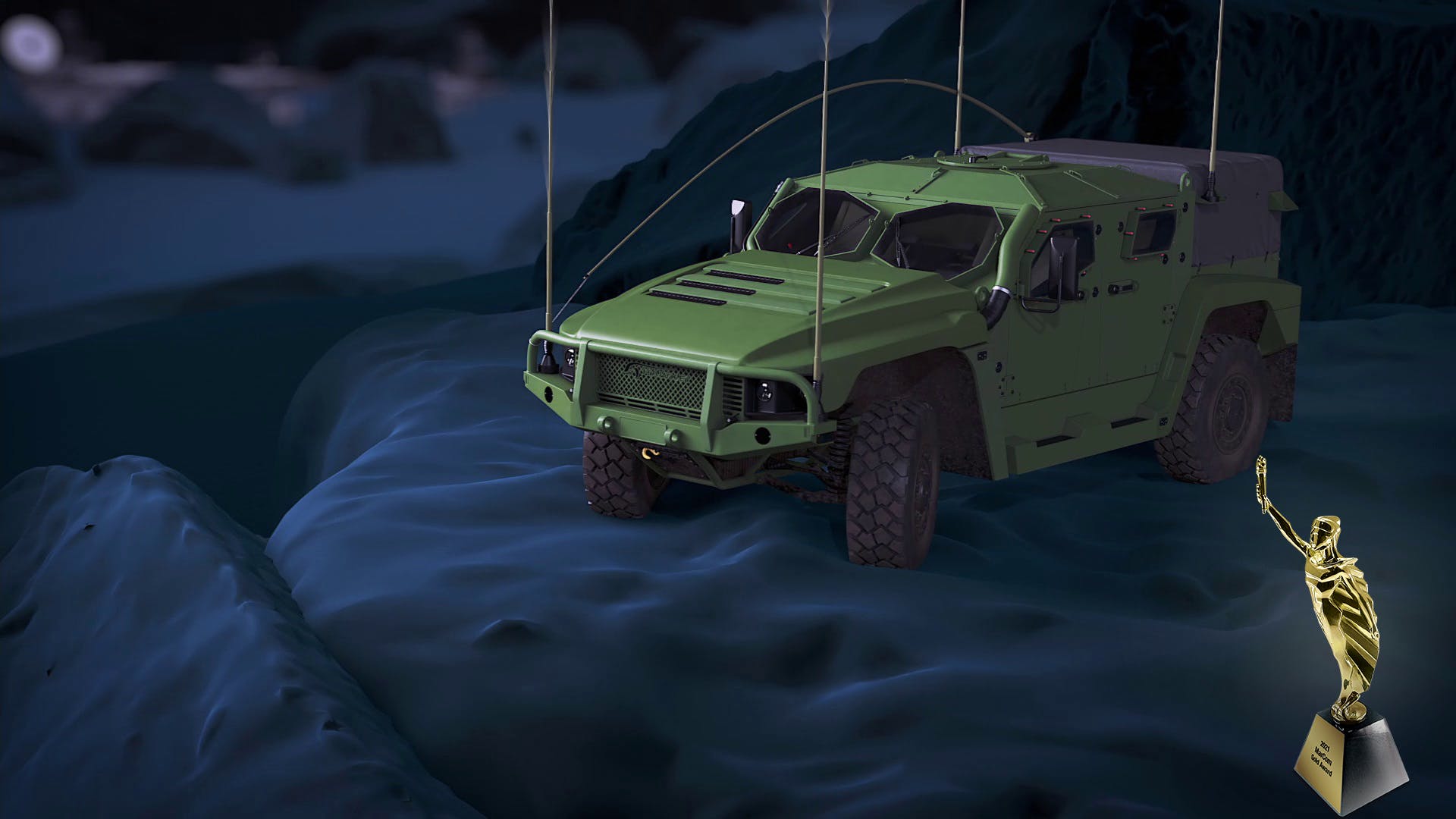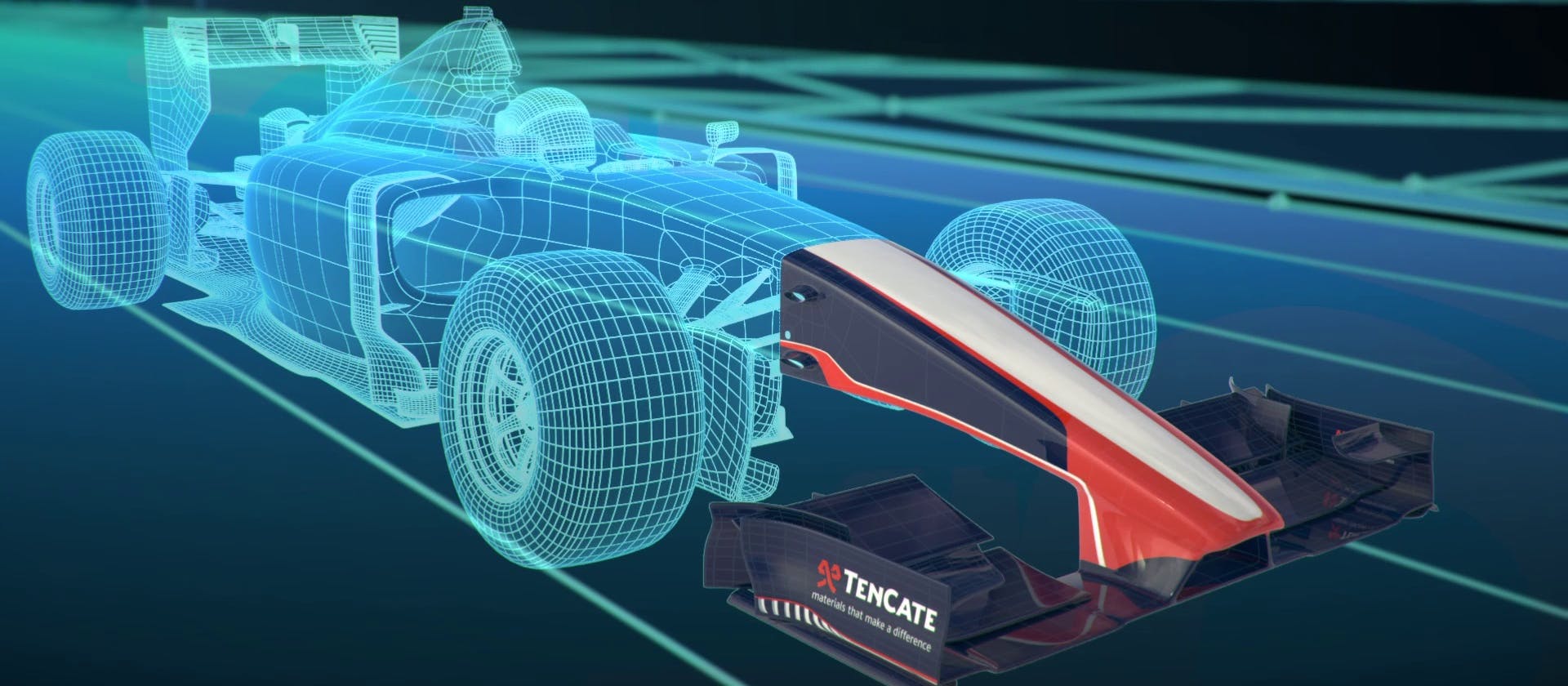In this article, we will provide information on the various aspects of a 3D animation.
Request contact
Creation of a 3D animation
Are you considering having a 3D animation created, and do you want to learn more about this process?

The five steps of 3D animation
A 3D animation is a graphic animation where objects appear to move in a three-dimensional space. 2D animations use only an x-axis and a y-axis in the design process; 3D animations use a third axis: the z-axis. After all, 3D means 3 dimensional. This creates depth and perspective. 3D animations are created using modern computer programmes. The process itself can be divided into five parts.
Step 1. Modelling
The first step is modelling. In this phase, the different 3D objects are designed (for example, the product to be shown and the environment in which it is visualised).
Step 2. Lighting and placing textures
In the second phase, 3D objects and the 3D environment are lit up, just as in photography and video shoots. In addition, textures are applied to the 3D models and the environment so that they will look as planned, i.e., looking like wood, concrete, glass, plastic, water etc.
Step 3. Animating
In the third phase, the actual process of animation takes place. The 3D objects are positioned and animated; a digital camera captures the images.
Step 4. Rendering
The fourth step is rendering: generating (through calculation by powerful computers) digital images and creating a 3D animation.
Step 5: Colour correction and special effects
In the final phase, the rendered images are polished to make them look stunning. This is done through colour correction and special imaging effects.
Use case 3D animatie for Thales SOTAS

In this 3D animation radar and communication systems are being visualised. These difficult to understand technologies are explained through a 3D animation, which clearly shows the concrete advantages of its systems to clients. Even the actual sounds of these systems are visualised adequently, ensuring that even the smallest details are recognizable to the experts.
Customer input
Your own input is essential when developing a 3D animation. You know what you want to achieve with the animation like no other, and you may already know what style of 3D animation you want. Are you planning to have a 3D animation created?
The first step is to have a clear concept. We can help you with that; every 3D animation has a concept phase in which all your information is converted into a distinct concept. Next up, your ideas are presented to the team that will create the animation. We will use this information to create a clear concept and design. The team will then draft a storyboard of the 3D animation, and you can give feedback on this. The next step is the actual production process of the 3D animation.
Option for changes
One significant advantage of 3D animations is that this type of marketing tool is highly flexible. Animations can easily be changed and adjusted (unlike video or photo). There are usually several feedback rounds throughout the development process. During these rounds, you can indicate whether you are satisfied or need specific changes. This means that you are, at least in part, in control of the design process (even though the actual animation is created by other people). But even once the 3D animation is complete, there are still possibilities for changes. The 3D objects used in the animation can be stored and reused quite easily. This means that you can make adjustments later, for example, when there is a new version of your product or if you are dissatisfied with some of the details in the animation. This high degree of flexibility is an essential advantage of 3D animation. 3D animation images are often rendered and used for promotional purposes in brochures or on your website. This way, you don't need photography to obtain fast and flexible high-quality images for your marketing activities. Now that is convenience!
Time
It is also essential to know exactly how long it will take to develop a 3D animation. Because 3D animation uses complex software, the process will generally take a little longer than other types of animation. Both the design and the development of the animation are more time-consuming. The exact duration depends on several factors, such as the length and complexity of the final animation. In general, you can assume that the development of a 3D animation takes at least four weeks of lead time. If you're in a hurry, you can always discuss whether this process can be sped up.
What is your challenge?
Share your story
Bij akkoord geeft u ons toestemming voor het gebruik van alle cookies op onze website. Wilt u een gebruiksvriendelijke ervaring?


